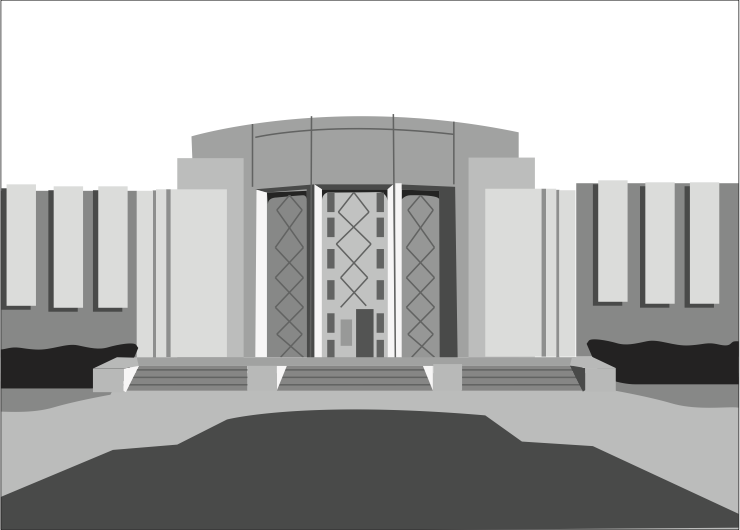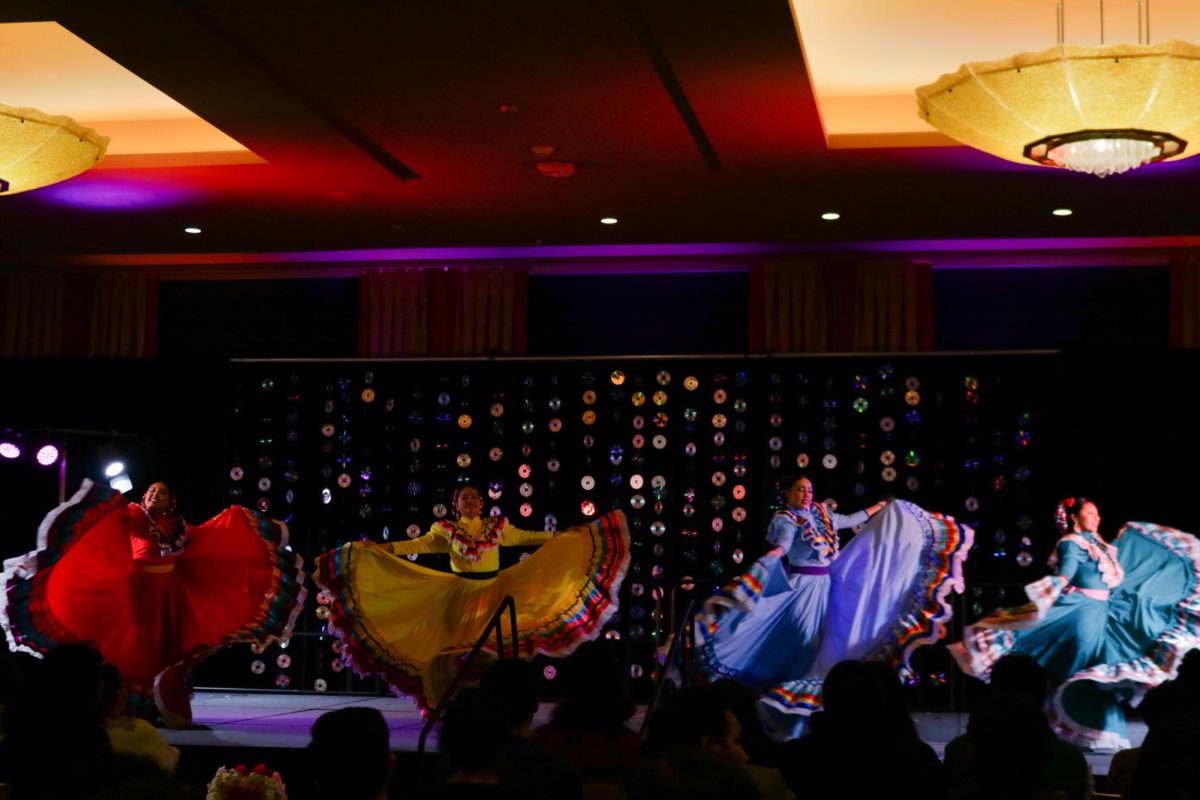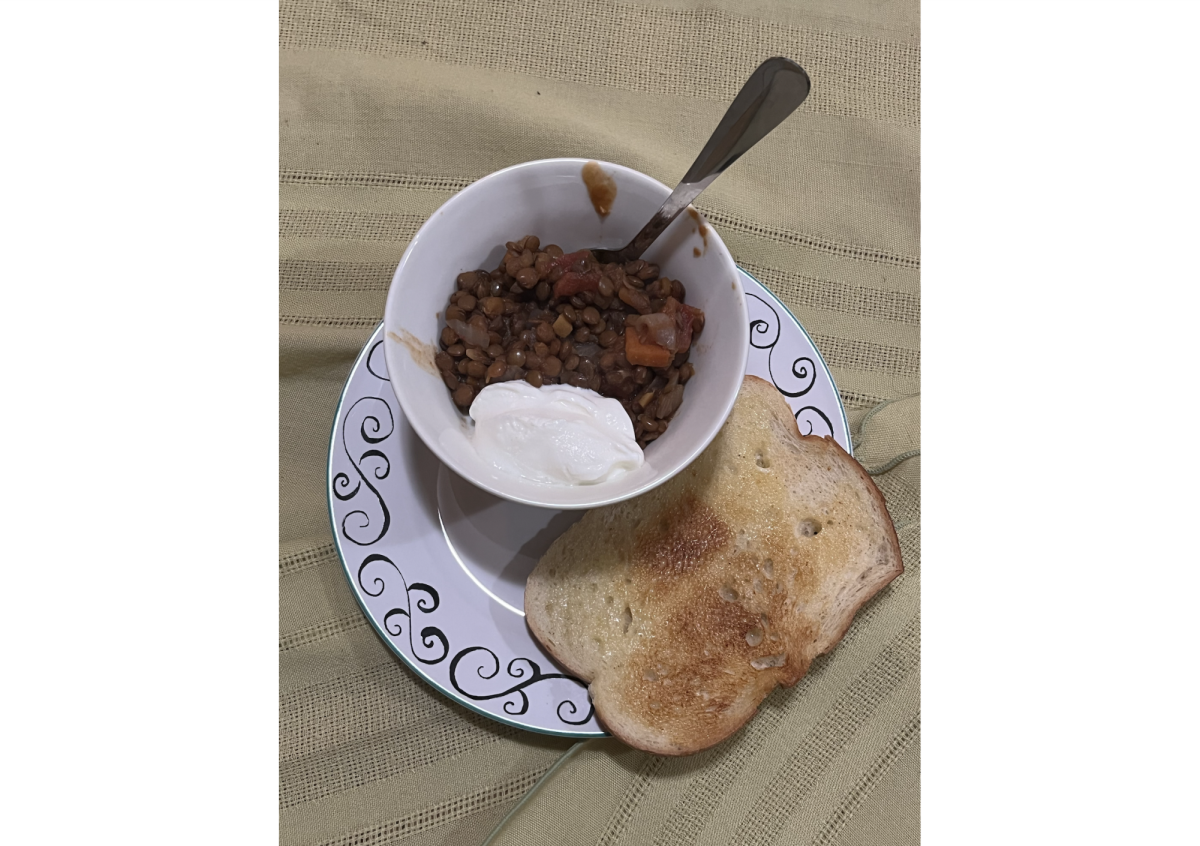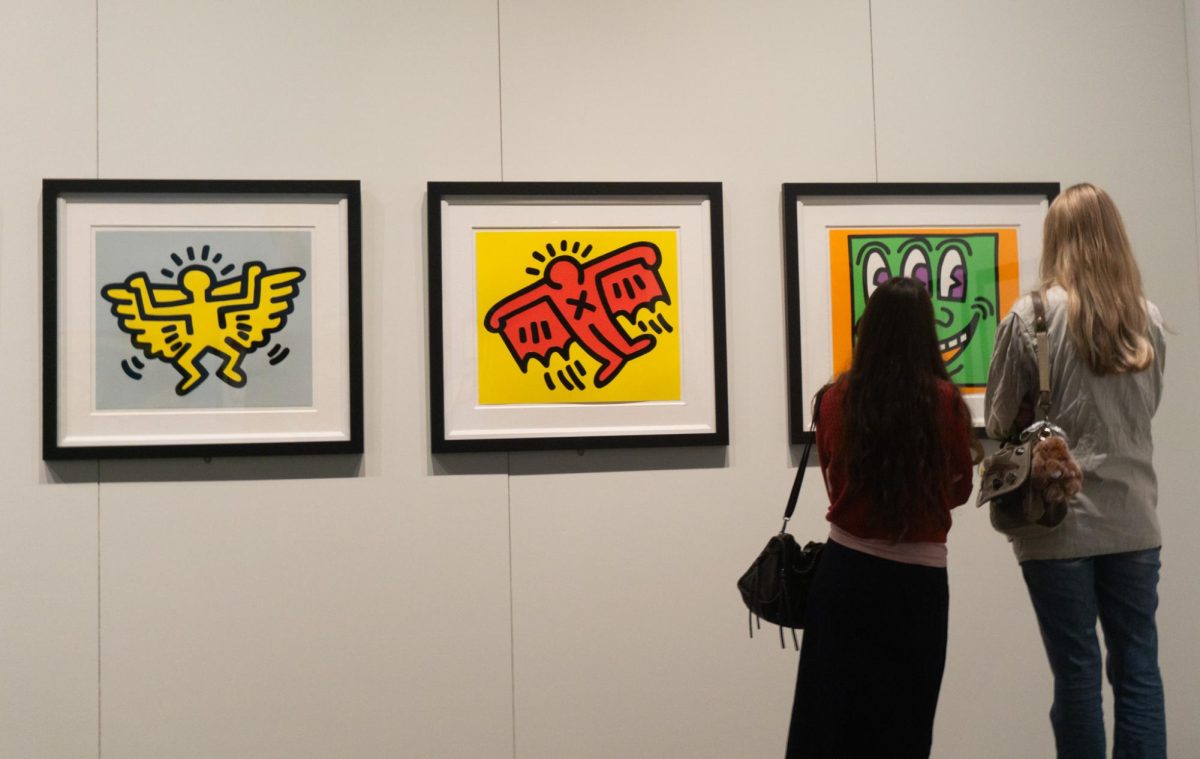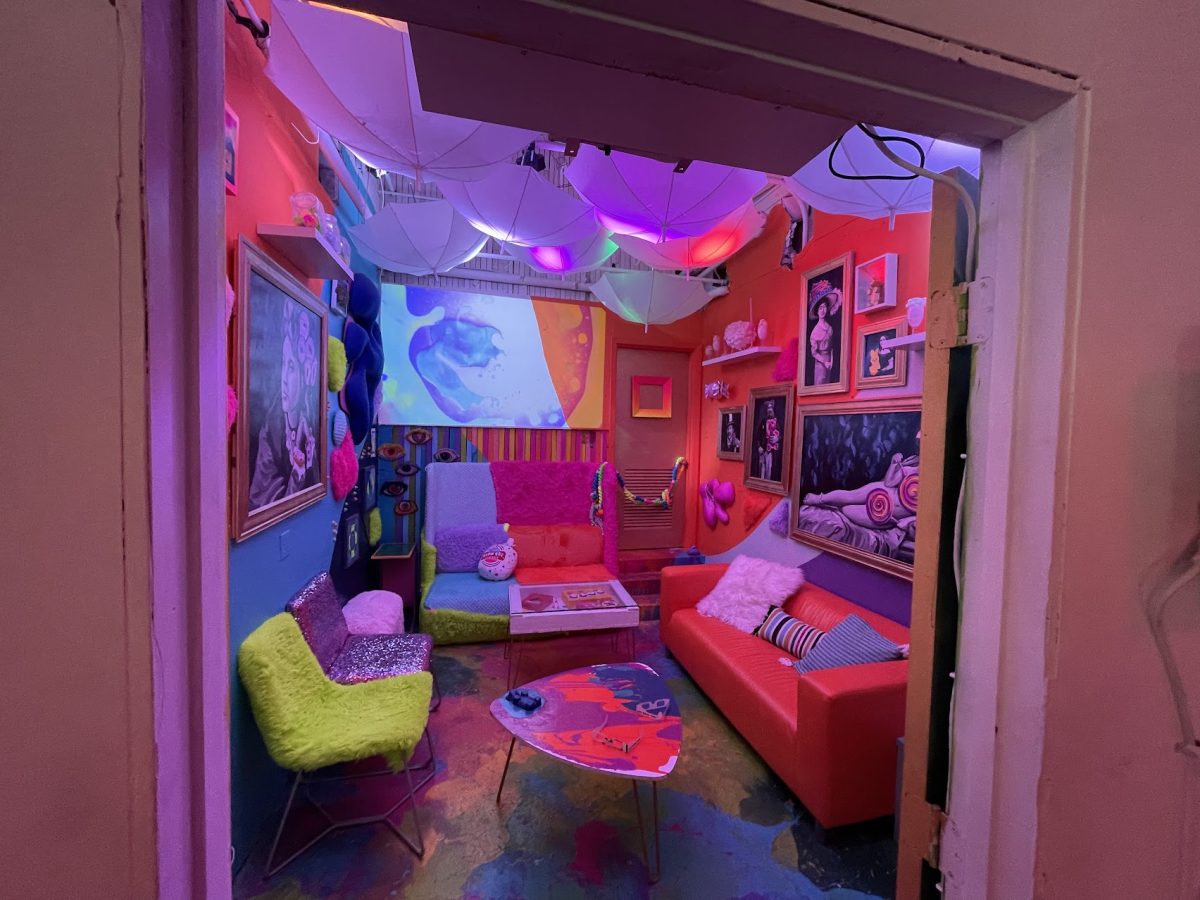The Seattle Art Museum (SAM) held a press conference on Sept. 30 presenting the initial designs for a two-year expansion project of the Seattle Asian Art Museum (SAAM). The SAM is partnering with fellow Seattle-based architecture company LMN Architects to complete the first remodel of the structure since it was constructed in 1933. The renovation seeks to update the museum to 21st century standards, while still preserving the historic exterior of the building.
After the conclusion of its fall and and winter exhibition, Tabaimo: Utsutsushi Utsushi , the museum will close for approximately two years with an expected reopen date in 2019. The museum is working to relocate staff and artwork for the next two years.
The renovation is broken up into three main elements, including critical modernization and preservation expanded exhibition and programming space, and enhanced connection to the park. Critical modernization and preservation upgrades include preservation of the Art-Deco façade, seismic structural upgrades, air conditioning, humidity control, and ADA accessibility improvements.
The SAM also seeks to expand the museum by roughly 13,000 square feet, from 53,000 to 66,000, in order to house a new 2,650-square-foot gallery, community meeting room and a dedicated space for K-12 education services. However, the building’s total occupation of the park will only increase by roughly 3,200 square feet, or about 0.07 acres. LMN architecture is implementing intentional discretion of the use of glass and windows, including a glass enclosed lobby that will look into the park, in order to connect the museum to the park.
Kimerly Rorschach, SAM’s Illsley Ball Nordstrom Director and CEO, said the expansion is necessary for the future of the museum.
“The museum’s exhibitions and programming connects to the many cultural traditions and contemporary issues of Asia, helping us better understand our region and our rapidly evolving world; our goal is to ensure that we can continue to serve our community and visitors for years to come,” Rorschach said.
A SAM spokesperson added, “During the Asian Art Museum renovation, Gardner Center programs will be presented with several partner organizations at various locations in the area. One of the Center’s major offerings, the Saturday University Series, will be presented by the Gardner Center at Seattle U. Other Gardner Center programs—including Asia Talks, Asia Films, Author Events, performances and workshops with artists—will be held at SAM Downtown, the Olympic Sculpture Park, and other venues.”
The current budget for the project is $49 million, and funding for this project will come from a mixture of public and private funds. Up to $21 million will come from the city of Seattle, as the Asian Art Museum structure is owned by the city. Another $5 million will come from Historic Rehabilitation tax credits. This leaves $23 million for the SAM to raise privately.
The Asian Art Museum, inside of Capitol Hill’s Volunteer Park, is the original home of the SAM. The designer of modern-day Volunteer Park, John C. Olmsted, opposed using the park for institutional purposes. The museum opened its doors for the first time on June 23, 1933 anyway, despite much opposition by the Olmsted Brothers Firm. The rededication of the structure from the SAM to the SAAM occurred in 1994.
Capitol Hill residents have an issue with the remodel, as it will increase the SAAM’s size occupation in Volunteer Park. This will reduce green space, as well as interfere with Olmsted’s original vision for the park. Resident Jonathan Mark has created a petition to protect Volunteer Park against the expansion.
“I support the museum renovation and earthquake retrofitting which the voters approved in the parks levy. Unfortunately this project has changed to add a large expansion without public input. The expansion would visually dominate the east side of the park, making the whole area less attractive. Many natural park views will be replaced by views of this new structure, designed to optimize its park view from within its glass wall. The huge, beautiful beech tree would become enclosed on two sides by the museum building, and other trees would be lost,” Mark said.
The SAM hosted several community input meetings over the summer, which will continue on select Saturdays this fall. The meetings will be held on Oct. 15, Nov. 19, and Dec.10 at 1 p.m. at the Asian Art Museum.
The editor may be reached at
sbarnes@su-spectator.com



